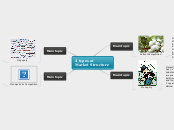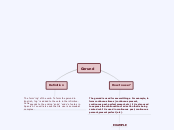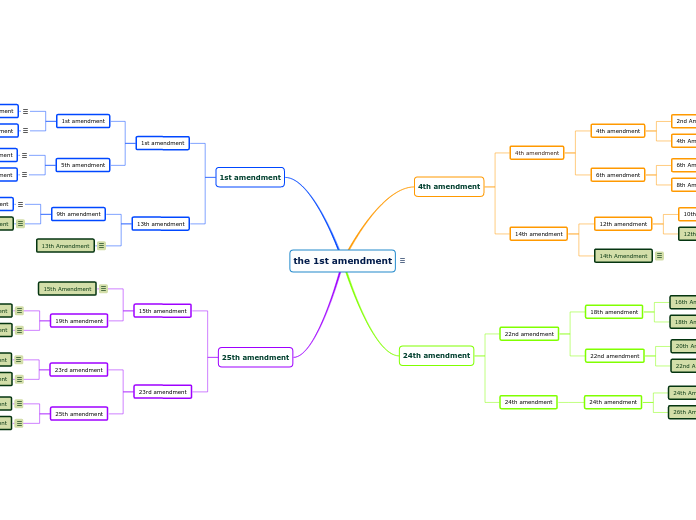jonka Ericka Guadalupe Ramos Ornelas 4 vuotta sitten
446
MAPA MENTAL
This text provides a detailed guide on various grammatical structures in English, focusing on the use of the infinitive, past perfect, reported speech, and gerunds. It begins by explaining the contexts in which the infinitive form is used, such as after certain verbs and adjectives.









